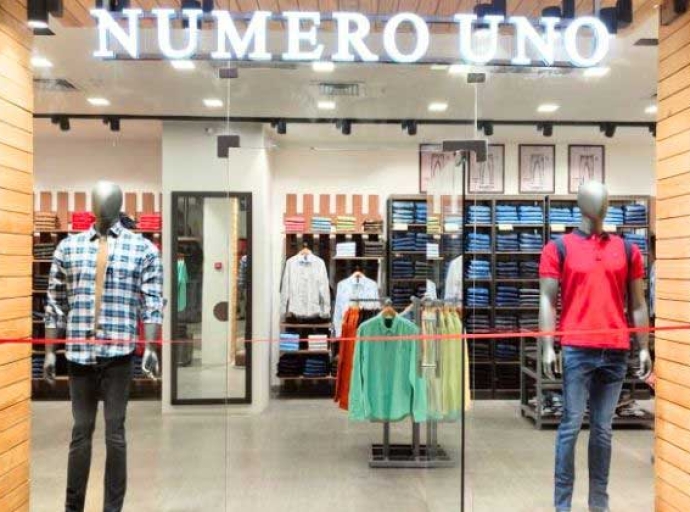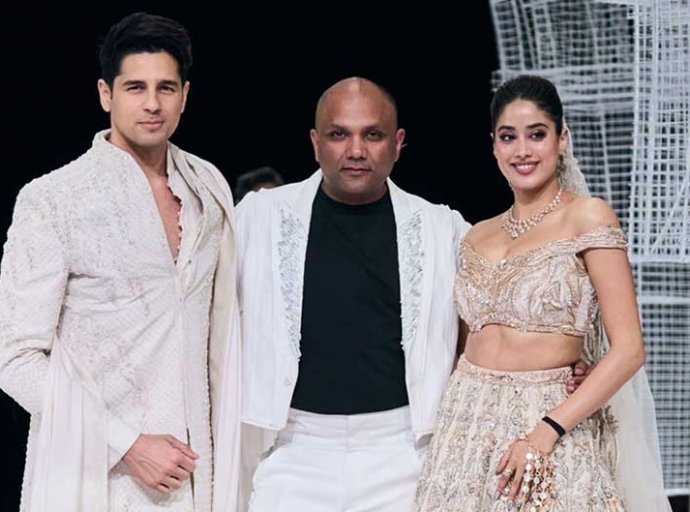The Great Indian Fashion Shift: Value retail democratizes style from metros to small towns

06 February 2024, Mumbai
The apparel value retail market in India is experiencing dynamic growth.
The catalysts are: rising disposable incomes, increasing fashion consciousness, and a preference for budget-friendly trends. The segment is expected to touch $170 billion by 2026, at 15 per cent CAGR, making it a lucrative space for brands and retailers. So what are the key growth drivers:
Fashion forward on a budget
The base of value retail market is affordability. Consumers, particularly in Tier II and III cities, seek stylish clothing at accessible prices. Value retailers cater to this need with lower price points and wider product ranges.
In fact, in metros value retail caters to the budget-conscious segment and competes with premium brands, while in Tier II & III cities it enjoys high demand due to limited access to branded options and rising aspirations.
The other major catalyst is rising income. growing disposable incomes fuel demand for apparel, with value options offering the best buy for the buck. What’s more the digital boom which includes online platforms like Myntra, Flipkart, and Amazon are now offering expanded product access and convenience for value-conscious shoppers.
Nuanced picture
Then there is the rural outreach of organized value retail chains that penetrate smaller towns, offering fashion choices previously unavailable.
Indeed, offline channels still dominate the market, but e-commerce is growing rapidly, with convenience and wider product choices driving its popularity. Omnichannel strategies that combine physical stores with an online presence are gaining traction.
In terms of segments, menswear is expected to grow the fastest at 18 percent, with rising disposable incomes and increasing fashion awareness among men.
Women’s wear, however, remains the largest segment, driven by diverse product categories and evolving trends. Kid’s wear, too is witnessing significant growth due with increased focus on their fashion.
Meanwhile, private labels are playing a crucial role in the value retail segment, offering higher margins and greater control over quality and pricing. Their faster trend adaptation also resonates with younger consumers.
A look at India's value retail market trajectory
| Year | Market Value (USD Bn) | Growth Rate (%) |
| 2021 | 80 | N/A |
| 2022 | 95 | 18.75% |
| 2023 | 115 | 21.05% |
| 2026 (Projected) | 170 | 15% (CAGR) |
Big names in the value game
As the market grows, many established and new players are moving forward, trying to get a big share of the market. Some major players who have emerged are:
Zudio (Tata Group): Focused on trendy, everyday wear at competitive prices, Zudio has seen rapid growth in Tier II and II cities. Their private label strategy and focus on value for money have been key differentiators.
Max (Landmark Group): Offering a wider variety of apparel and accessories at value prices, Max caters to a broader audience. Their strategic store locations and focus on customer experience have contributed to their success.
Manyavar: Specializing in affordable ethnic wear, the brand targets a specific segment with high demand. Their focus on quality, variety, and cultural relevance has helped them capture significant market share.
InTune by Shoppers Stop: This private label by Shoppers Stop targets the value-conscious customer with fashionable basics at competitive prices. It has seen good traction, demonstrating the potential of private labels in this segment.
Reliance Retail: The retail giant has multiple value-focused initiatives like ‘Smart’, offering trendy apparel at affordable prices, and ‘JioMart Fashion’ leveraging its e-commerce platform for wider reach.
V-Mart: Known for its deep discounts and multi-brand offerings, V-Mart caters to budget-conscious customers in small towns.
Navigating the future landscape
As the market grows, intense competition demands unique value propositions and efficient supply chains for stakeholders. Balancing affordability with profitability requires strategic pricing and cost management. And as sustainability becomes increasingly important, creating opportunities for eco-friendly practices is vital.
The bottom line:
India's apparel value retail market is poised for continued growth, with evolving consumer preferences, increasing digital adoption, and rising incomes driving momentum. Players who adapt to these trends, offer innovative products at competitive prices, and prioritize sustainability will be well-positioned to capture this exciting opportunity.
Latest Publications

































